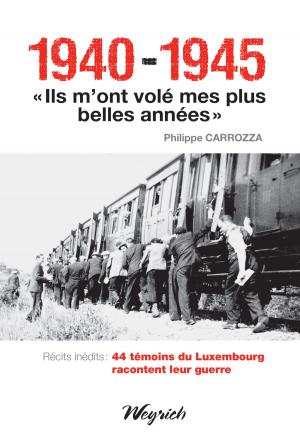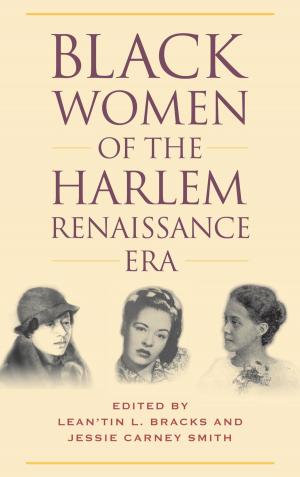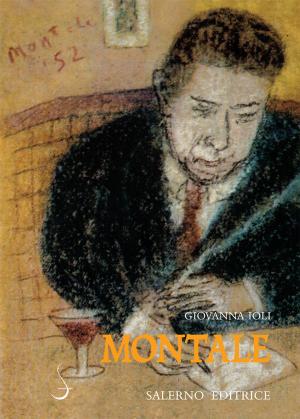Yankee Yinglish
A sociolinguistic study of Yiddish English in New York
Nonfiction, Social & Cultural Studies, Social Science, Sociology, Urban, History, Jewish, Americas, United States, 20th Century| Author: | Ruchel Jarach-Sztern | ISBN: | 9781387365968 |
| Publisher: | Ruchel Jarach-Sztern | Publication: | November 13, 2017 |
| Imprint: | Language: | English |
| Author: | Ruchel Jarach-Sztern |
| ISBN: | 9781387365968 |
| Publisher: | Ruchel Jarach-Sztern |
| Publication: | November 13, 2017 |
| Imprint: | |
| Language: | English |
For more than one century, Yiddish has been in contact with American English. To examine the linguistic traces of this contact we first retrace the background of Jewish immigration to the United States and present a history of Yiddish as a “contact language”.
We then proceed to the diachronic, synchronic and sociolinguistic analysis of Yiddish features in American English as expressed by the New York Ashkenazi Jewish people. Our primary sources are of four different types and cover a time span of sixty years: shops signs, books, articles from The Forward in English; extensive extracts from American Jewish websites and forums. In these sources we examine the lexical, morphological and syntactic features characterizing the presence of Yiddish in American English. When we study the evolution which took place in the last sixty years regarding Yiddish and its presence in American English, our conclusion, when making the link between this data and the sociological determiners involved, is that after a period of assimilation and fading, we witness today the revival of Yiddish words features in American English, especially morphological ones; the ethnic/ religious commitment of a young generation of “connected” observant Jews brings about a modified American English compared to the previous generation.
For more than one century, Yiddish has been in contact with American English. To examine the linguistic traces of this contact we first retrace the background of Jewish immigration to the United States and present a history of Yiddish as a “contact language”.
We then proceed to the diachronic, synchronic and sociolinguistic analysis of Yiddish features in American English as expressed by the New York Ashkenazi Jewish people. Our primary sources are of four different types and cover a time span of sixty years: shops signs, books, articles from The Forward in English; extensive extracts from American Jewish websites and forums. In these sources we examine the lexical, morphological and syntactic features characterizing the presence of Yiddish in American English. When we study the evolution which took place in the last sixty years regarding Yiddish and its presence in American English, our conclusion, when making the link between this data and the sociological determiners involved, is that after a period of assimilation and fading, we witness today the revival of Yiddish words features in American English, especially morphological ones; the ethnic/ religious commitment of a young generation of “connected” observant Jews brings about a modified American English compared to the previous generation.















